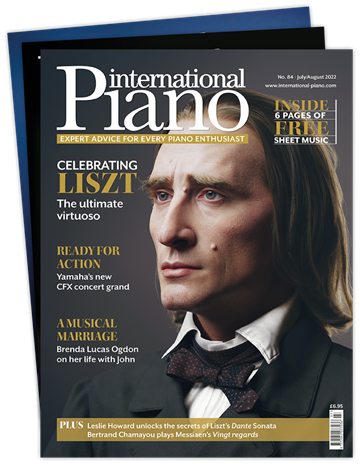Critics Choice: Jan/Feb | The best new piano recordings
Theo Elwell
Thursday, February 8, 2024
Featuring outstanding new releases from Behzod Abduraimov, Mark Viner, Peter Donohoe and Katya Apekisheva & Charles Owen
Register now to continue reading
This article is from International Piano. Register today to enjoy our dedicated coverage of the piano world, including:
- Free access to 3 subscriber-only articles per month
- Unlimited access to International Piano's news pages
- Monthly newsletter






